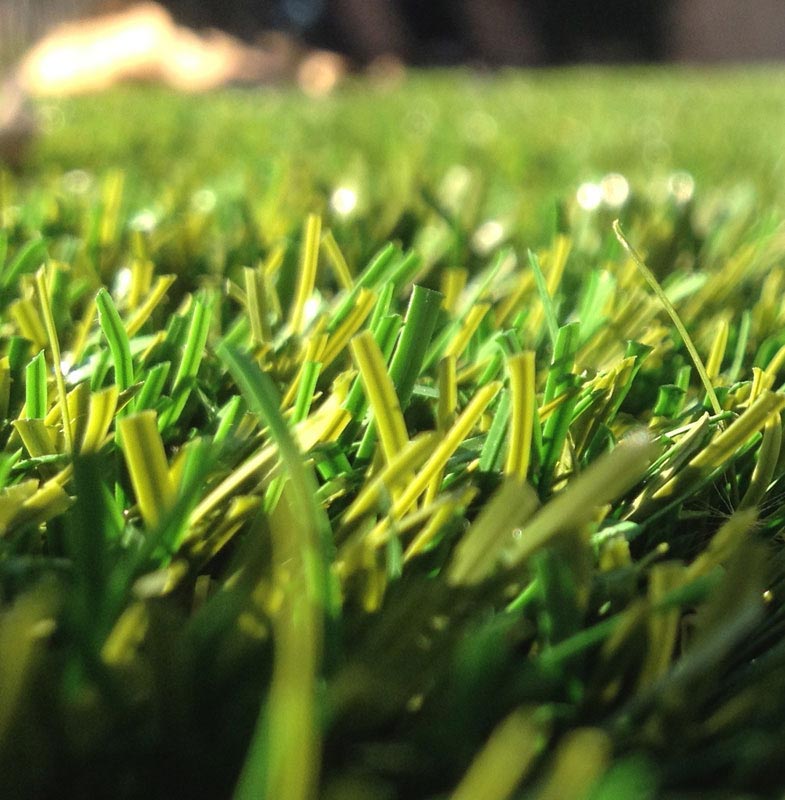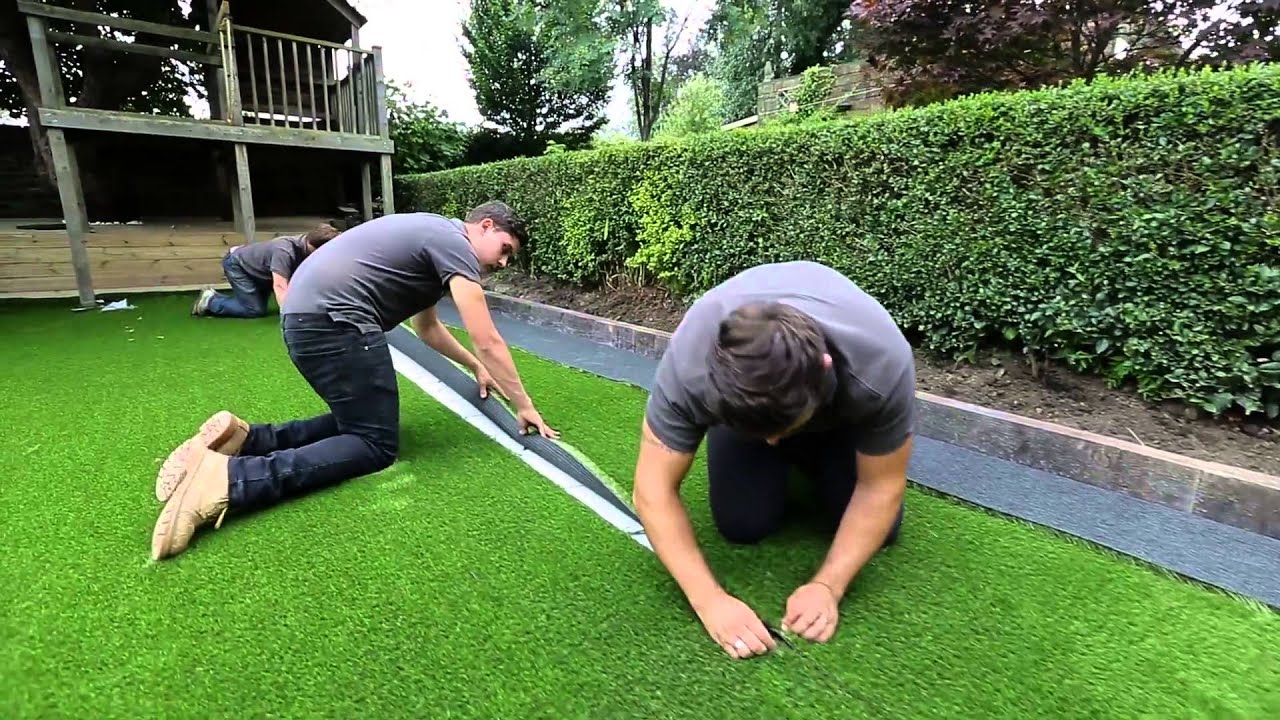Affordable Turf Installation Phoenix AZ for a Hassle-Free Lawn Solution
Affordable Turf Installation Phoenix AZ for a Hassle-Free Lawn Solution
Blog Article
Look Into the Environmental Advantages of Opting for Artificial Grass Solutions
The adoption of synthetic turf options provides a compelling chance to resolve pushing ecological difficulties. By dramatically decreasing water usage and minimizing the application of hazardous chemicals, these choices not only promote lasting landscaping however likewise safeguard regional ecological communities. Moreover, the lower carbon impact related to lowered maintenance activities adds to a more lasting strategy to land administration. However, the implications of these advantages prolong beyond plain conservation initiatives, elevating inquiries concerning their long-lasting effect on habitat conservation and overall ecological balance. Exploring these measurements discloses a complicated interaction worth considering.
Water Conservation Conveniences
One of the most considerable benefits of synthetic grass is its ability to conserve water. Traditional lawn yards need significant irrigation, particularly in areas prone to drought or water constraints. In contrast, synthetic grass does not need watering, considerably minimizing the total need for water sources. This function is especially beneficial in deserts where water shortage is a pushing worry.
By eliminating the demand for regular watering, synthetic grass adds to sustainable landscape methods and aids reduce the ecological influence of excessive water usage. Moreover, the conservation of water includes the decrease of runoff, which can cause dirt disintegration and waterway air pollution.
Additionally, the installment of synthetic grass allows house owners and districts to allot water resources much more effectively, focusing on crucial uses such as drinking water and agriculture. The change in the direction of synthetic grass not only promotes responsible water usage however likewise aligns with broader environmental goals focused on maintaining natural deposits.
As communities significantly focus on sustainability, the water preservation benefits of artificial lawn offer an engaging case for its fostering in business and household landscaping projects.
Decreased Chemical Use
The change to synthetic grass substantially reduces the reliance on chemical therapies typically utilized in all-natural yard upkeep. Conventional turf management normally involves the application of plant foods, chemicals, and herbicides to promote growth and control pests. These chemicals can pose threats to human health and wellness, neighborhood wildlife, and the environment, adding to soil and water contamination.
In comparison, man-made lawn eliminates the demand for these hazardous substances. By lessening the launch of synthetic compounds into the ecosystem, artificial grass promotes much healthier dirt and water systems.
In addition, the absence of chemical runoff connected with man-made turf setups assists shield neighborhood rivers from pollution, sustaining aquatic life and maintaining biodiversity. Arizona artificial turf. As communities increasingly prioritize lasting methods, going with fabricated lawn offers a practical solution that straightens with environmental preservation objectives. Via this change, homeowner can delight in rich eco-friendly areas without jeopardizing eco-friendly health and wellness, leading the means for a more lasting future
Lower Carbon Impact

Additionally, the installment of synthetic grass can cause considerable water preservation. All-natural yards need considerable quantities of water for watering, which not only includes to the carbon impact linked with water removal and treatment but additionally pressures local water sources. On the other hand, synthetic turf needs marginal upkeep, calling for no watering, thus dramatically decreasing water use and its linked energy costs.
Additionally, the durability of synthetic grass contributes to its reduced carbon impact. With a lifespan of up to 15 years or more, the need for frequent replacements is lessened, leading to less waste and reduced energy consumption in production and throwing away standard grass options. Generally, fabricated grass provides a lasting choice for eco mindful landscaping.
Environment Conservation
Environment preservation is a crucial go to my site factor to consider in the discussion over landscape design options, specifically when contrasting synthetic grass to all-natural yard. All-natural turf yards usually require considerable maintenance, including making use of plant foods, herbicides, and chemicals, which can negatively impact regional communities. These chemicals can leach right into the dirt and rivers, harming indigenous flora and animals and interfering with neighborhood environments.
On the other hand, fabricated turf presents a possibility to minimize the eco-friendly footprint of landscape design. By opting for artificial turf, homeowners can reduce the disturbance of all-natural habitats associated with conventional yard care techniques. Synthetic lawn gets rid of the need for harmful chemicals, thereby safeguarding close-by wild animals and maintaining the integrity of surrounding ecological communities. Furthermore, the installment of fabricated grass can result in the conversion of former grass areas into even more biodiverse landscapes, such as pollinator yards or native plant locations, which can sustain local wild animals.
Ultimately, the change to artificial turf not just preserves water and reduces upkeep initiatives however also fosters an extra unified partnership between human activities and the native environment, promoting habitat conservation while doing so.
Long-Term Sustainability
Long-lasting sustainability is an essential consider evaluating the benefits of synthetic grass over standard grass yards. One of the most substantial advantages of synthetic grass is its resilience; it can last up to 15-20 years with marginal maintenance, whereas natural grass calls for regular reseeding and replacement. This long life lowers the requirement for constant sources, such as water, fertilizers, and chemicals, which are essential for keeping a healthy yard yard.
Additionally, synthetic grass contributes to a decrease in carbon discharges associated with grass care devices. Traditional lawns frequently require gas-powered lawn mowers, trimmers, and blowers, every one of which contribute to air contamination. Arizona turf. In comparison, artificial grass removes the requirement for such equipment, advertising a cleaner setting
Additionally, the manufacturing of synthetic grass progressively uses recycled products, enhancing its sustainability profile. As makers take on environment-friendly methods, the ecological impact of synthetic grass continues to reduce.

Final Thought
The fostering of synthetic grass options offers considerable environmental benefits, consisting of significant water preservation, reduced dependence on dangerous chemicals, and a reduced carbon impact. Moreover, synthetic grass aids in preserving natural habitats by decreasing land disruption and promoting lasting sustainability through using long lasting materials. Jointly, these variables highlight the potential of artificial turf to contribute favorably to environmental health and supply a feasible option to traditional landscape design get more methods in a significantly resource-conscious globe.
In comparison, synthetic lawn does not require watering, substantially lowering the general need for water resources. By minimizing the release of artificial compounds right into the environment, artificial grass promotes much healthier soil and water systems.
Furthermore, the installment of artificial lawn can result in substantial water preservation. In contrast, fabricated turf requires marginal maintenance, calling for no watering, therefore substantially decreasing water use and its linked power prices.

Report this page